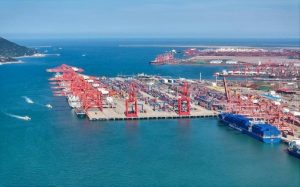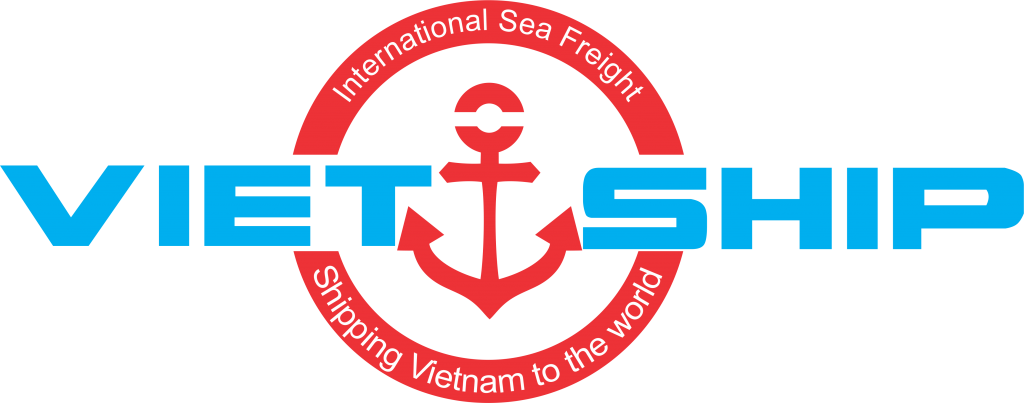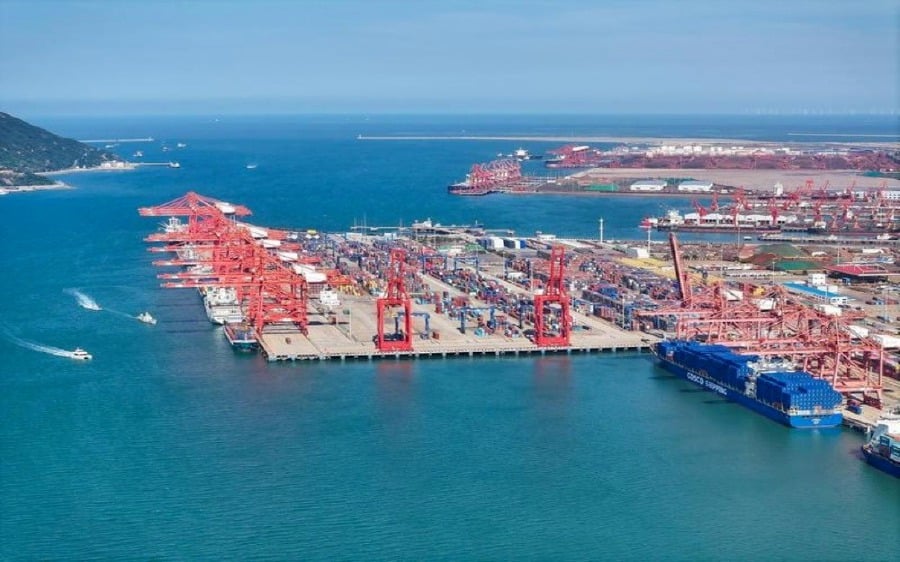China’s Carbon-Neutral Port Ambitions Expand into Southeast Asia
Tianjin Port in China, recognized as the world’s first certified carbon-neutral container terminal, is actively expanding its influence into Southeast Asia. With a projected annual capacity of 3.2 million TEUs by 2025, up from 2.38 million in 2023, Tianjin Port is becoming a global benchmark in sustainable logistics operations.

1. A Pioneer in Green Port Development
Tianjin Port achieved carbon-neutral status by fully converting its operations to clean energy sources, including solar and wind power. It has phased out coal-fired electricity and now runs its container handling systems on 100% renewable energy. Wind turbines and large-scale solar arrays provide the energy backbone for the port’s cranes, lighting, and autonomous vehicles.
2. Strengthening Southeast Asia Connectivity
To deepen ties with Southeast Asian markets, Tianjin Port is expanding direct shipping routes, including new services to countries like Bangladesh. This strategic expansion plays a key role in boosting trade flows between China and Southeast Asia, positioning the port as a vital regional gateway in the global supply chain.
3. Smart Port Technology and Efficiency
The port is powered by an advanced digital ecosystem that integrates AI, big data, and IoT to automate and optimize every aspect of port logistics. Automation systems manage everything from crane movements to container tracking, improving operational efficiency by a factor of seven and reducing labor needs by about 20%. Over 130 self-driving container trucks operate throughout the port to maximize speed and safety.
4. Infrastructure Scale and Global Reach
Tianjin Port’s infrastructure includes deep-water berths capable of receiving 200,000-ton container ships, a 1,100-meter docking line, and a container yard spanning over 750,000 square meters. It currently connects with more than 800 ports across 200 countries, serving as a key node for international freight movements.
5. 2035 Vision and Sustainable Expansion
By 2035, Tianjin Port aims to scale up its container handling capacity to 35 million TEUs per year. The plan includes further adoption of digital logistics solutions, expanded use of renewable energy, and stronger integration into regional and global trade initiatives. The port is designed to become a model for green logistics across Asia.
6. Impact on Regional Supply Chains
Tianjin’s expansion into Southeast Asia supports enhanced supply chain resilience and sustainable development across the region. Its success demonstrates the potential of green port models to drive environmental transformation while also improving trade efficiency and economic competitiveness in developing markets.
7. Challenges and Strategic Outlook
While Tianjin Port showcases the benefits of clean energy and smart logistics, its expansion raises important considerations:
-
Strategic use of dual-purpose infrastructure has prompted caution among trade partners.
-
Transparency in green certification and data reporting remains essential for global trust.
-
Competitive responses from neighboring logistics hubs, such as Singapore’s Tuas Port, reflect growing momentum in the race for digital and green port leadership.
Conclusion
Tianjin Port’s evolution into a smart, carbon-neutral port represents a major shift in the logistics and maritime sectors. As it continues to expand into Southeast Asia, its model of sustainable and high-efficiency operations may shape the future of global trade infrastructure. The port stands not just as a symbol of China’s technological and environmental ambition, but also as a potential blueprint for the green transformation of international logistics.
Read more:
Dịch Vụ Vận Chuyển Hàng Lẻ (LCL) Từ Cát Lái Đi HongKong
Vietnam–Canada Drive Forward Cooperation in Logistics Investment and Supply Chain Connectivity

